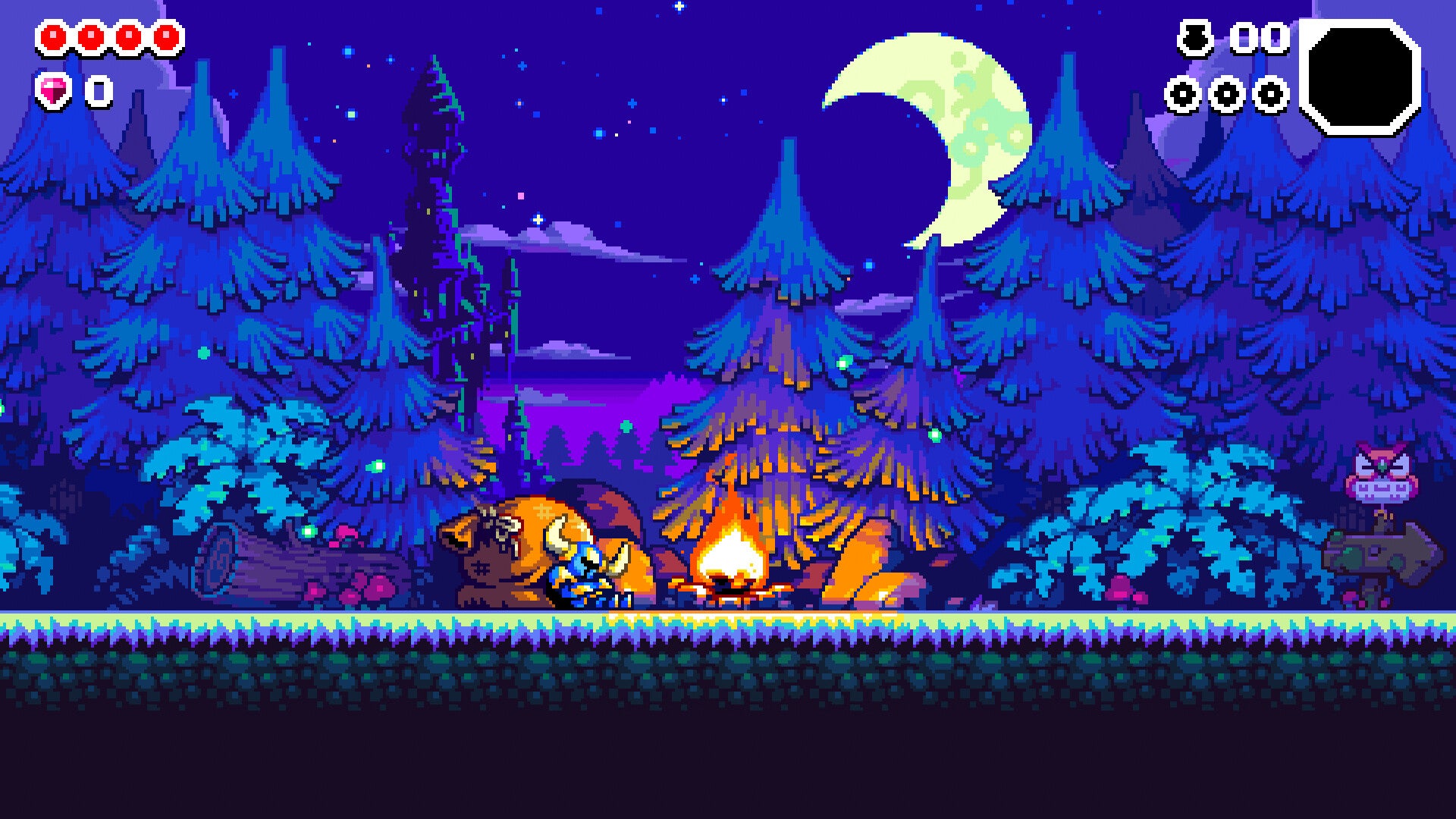In the Secret Fountain levels, I fell in love with the water. I didn’t notice it at first. I was just digging downwards, flattening baddies with my shovel, enjoying the regular knockabout fun of a 2D platformer. But then I started getting hit by fish. Quite a lot of fish. Fish from the fish cannon, scarlet and slappy and properly doing me in. I realised that the fish moved across the water – they could travel wherever it flowed. And I realised that I could break blocks and channel the water where I wanted it to go. Maybe I could do more than just reroute the fish? What would happen if I steered the water over to that promising waterwheel?
Shovel Knight Dig review
- Publisher: Yacht Club Games
- Developer: Nitrome, Yacht Club Games
- Platform: Played on PC
- Availability: Out on PC, Switch and Apple Arcade on the 23rd of September
Shovel Knight Dig is a fresh spin on the Shovel Knight series of Duck Tales-inspired platformers. Like Shovel Knight: Pocket Dungeon, it’s sort of a sidestory. Pocket Dungeon turned the action-heavy core of the games into a block puzzler. Dig initially seems like a blend of Mr Driller and Downwell. You dig down through soil and rock, collecting gems, fighting baddies, travelling through themed worlds. Classic Driller/Downwell stuff. Thing is, it doesn’t feel like either game,
That’s because while Dig is a Shovel Knight game and a Yacht Club game, it’s also a Nitrome game – it’s a true collaboration. And here a little history is unavoidable. Nitrome is an English micro-studio founded in the early 2000s, and I first encountered the team’s stuff during the Flash/web-game boom in the years that followed. Nitrome was hard to miss: it delivered games that had a pixelart hard candy exterior – lots of hot pinks and mustards and purples. More importantly its games were marked by wild invention and polish.
The classic Nitrome game took a simple idea – what if you could move the screen around rather than the character, say – and then it did everything you would expect with that idea and dozens of things you wouldn’t. Nitrome sounded out possibilities and didn’t move on until an idea was absolutely wrung dry. Astonishingly, the quality level was the only thing these games really shared beyond that: they were all great, and they were all different.
